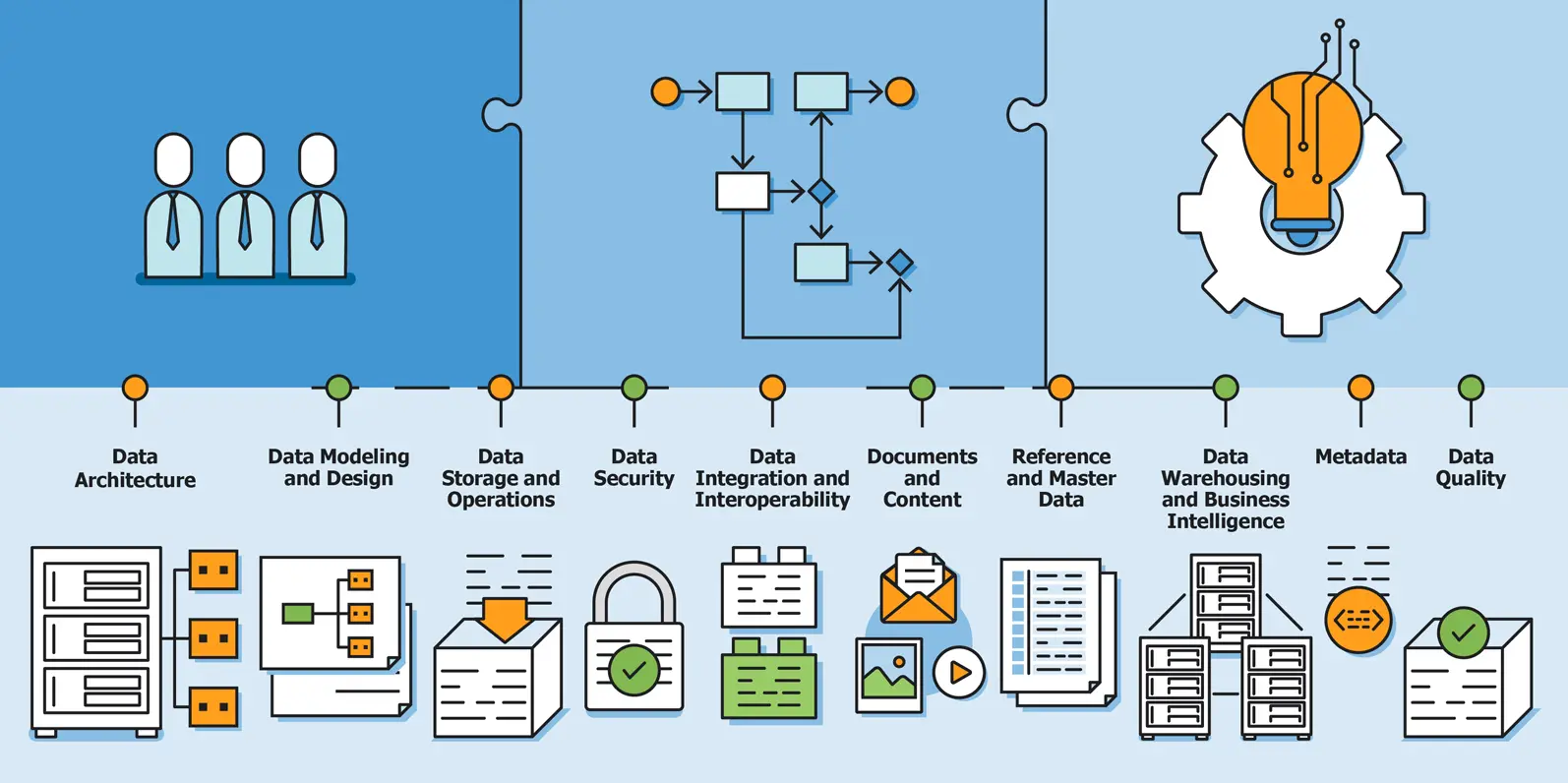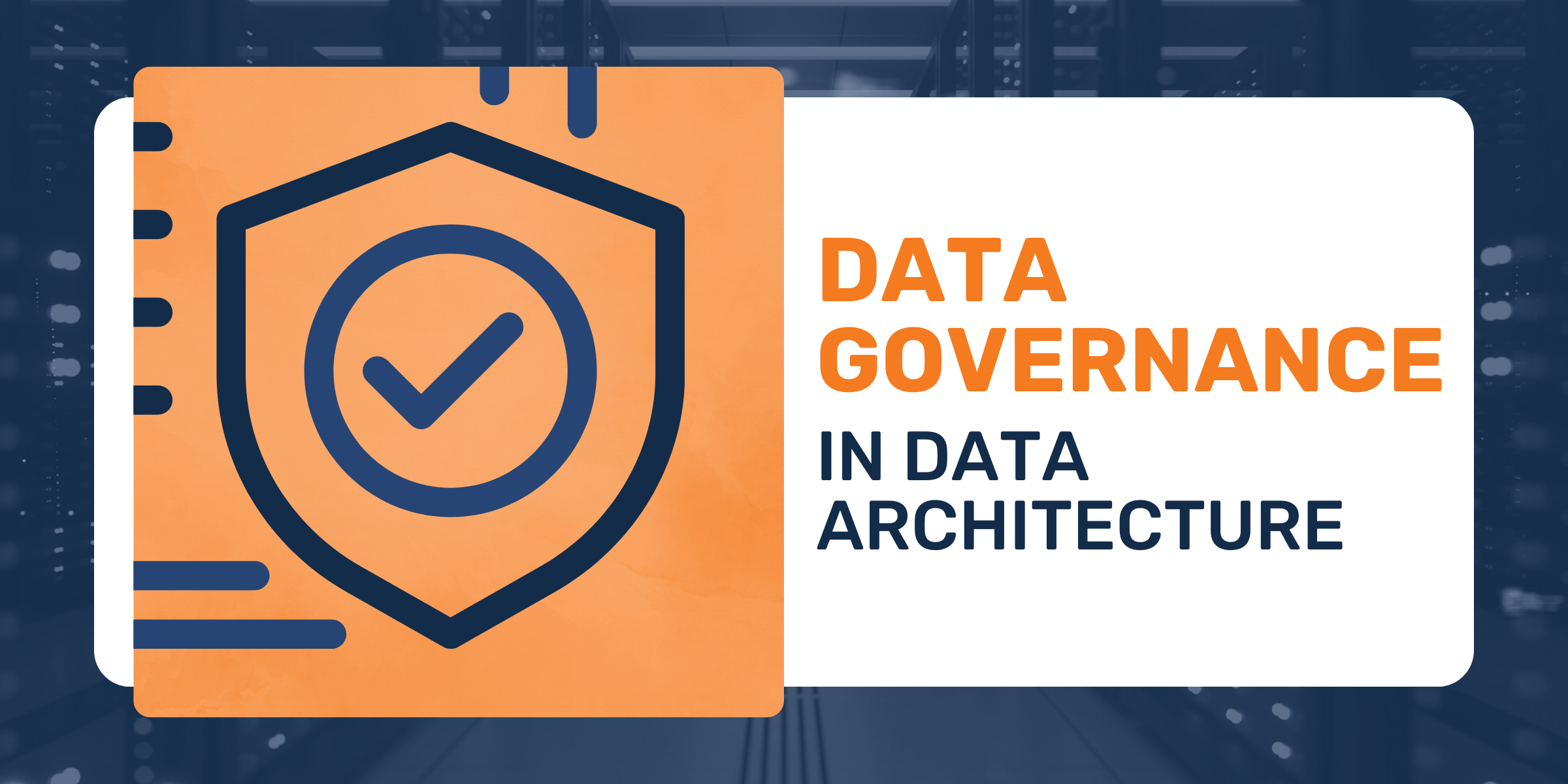Data Lakes vs. Data Warehouses in Big Data Architecture
Data Governance and Data Architecture: Creating a Collaborative Framework

Introduction
In today’s data-driven world, organizations are constantly dealing with vast amounts of data. According to IBM, 2.5 quintillion bytes of data are created each day. To effectively manage and utilize this massive amount of data, it is crucial to have a strong foundation in both data governance and data architecture. While these two disciplines may seem distinct, they are closely intertwined and require a collaborative framework to ensure success. This article will explore the interplay between data governance policies and data architecture, emphasizing the need for collaboration between the two disciplines.
Understanding Data Governance
Data governance refers to the overall management of data within an organization. It involves the creation and implementation of policies, procedures, and controls to ensure the accuracy, integrity, and security of data. The primary goal of data governance is to establish a framework that enables organizations to make informed decisions based on reliable and trustworthy data.
Data governance encompasses various aspects, including:
- Data quality - ensuring completeness, validity, accuracy, and consistency of data
- Data privacy - controlling access to confidential or sensitive data
- Data security - protecting data from unauthorized access or corruption
- Compliance - adhering to industry regulations and legal obligations regarding data management
It involves defining roles and responsibilities, establishing data standards, and implementing processes to ensure data consistency and reliability. Effective data governance requires collaboration between business stakeholders, IT professionals, and data management teams. According to Dataversity, over 55% of organizations have an officially recognized data governance team.
The Role of Data Architecture
Data architecture, on the other hand, focuses on the design and structure of data assets within an organization. It involves defining the data models, databases, data integration processes, and data storage mechanisms that support the organization’s data needs. Data architecture provides a blueprint for organizing and managing data assets effectively.
A well-designed data architecture enables organizations to:
- Store, access, and analyze data efficiently
- Ensure data consistency
- Eliminate data silos
- Facilitate data integration across different systems and applications
Data architecture plays a crucial role in enabling organizations to derive meaningful insights from their data and make informed business decisions. According to a survey by Experian, 87% of organizations agree that data architecture is critical to achieving their business goals.
The Interplay between Data Governance and Data Architecture

While data governance and data architecture are distinct disciplines, they are closely interconnected. Data governance provides the framework and policies for managing data, while data architecture provides the technical implementation of those policies. Without a collaborative framework between these two disciplines, organizations may face challenges in effectively managing their data assets.
Data governance policies define the rules and guidelines for data management, including data quality standards, data classification, and access controls. These policies need to be implemented within the data architecture to ensure their enforcement. For example, data governance policies may require data to be classified into different categories based on sensitivity. The data architecture needs to incorporate mechanisms to enforce this classification and restrict access to sensitive data.
Conversely, data architecture provides the infrastructure and tools to support data governance initiatives. It enables the implementation of data quality checks, data lineage tracking, and data security controls. For example, data architecture may include data integration processes that validate the quality of incoming data and ensure its compliance with data governance standards.
The Need for Collaboration
To ensure the effective implementation of data governance policies and the alignment of data architecture with these policies, collaboration between data governance and data architecture teams is essential. This collaboration should start from the early stages of data governance policy development and continue throughout the implementation and maintenance phases.
Collaboration between data governance and data architecture teams can take various forms:
-
Joint Workshops and Meetings: Regular meetings and workshops involving members from both teams can facilitate knowledge sharing and alignment of goals. These sessions can help identify areas of overlap and ensure that data governance policies are reflected in the data architecture.
-
Shared Documentation and Standards: Creating shared documentation and standards that outline the relationship between data governance and data architecture can promote consistency and clarity. This documentation should include guidelines for implementing data governance policies within the data architecture.
-
Cross-Training and Skill Development: Encouraging cross-training and skill development between data governance and data architecture teams can enhance collaboration and understanding of each other’s roles and responsibilities. This can lead to more effective implementation of data governance policies within the data architecture.
-
Collaborative Tools and Technologies: Utilizing collaborative tools and technologies, such as data governance platforms and data modeling tools, can facilitate communication and coordination between data governance and data architecture teams. These tools can streamline the implementation of data governance policies within the data architecture.
-
Continuous Monitoring and Feedback: Establishing a feedback loop between data governance and data architecture teams is crucial for continuous improvement. Regular monitoring of data governance policies and their implementation within the data architecture can help identify areas for improvement and ensure ongoing alignment.
FAQ
1. What is the importance of data governance in data architecture?
Data governance provides the framework and policies for managing data, while data architecture provides the technical implementation of those policies. The collaboration between data governance and data architecture ensures that data governance policies are effectively implemented within the data architecture, leading to reliable and trustworthy data management.
2. How does data architecture support data governance?
Data architecture provides the infrastructure and tools to support data governance initiatives. It enables the implementation of data quality checks, data lineage tracking, and data security controls. Data architecture also facilitates data integration and ensures data consistency, which are essential for effective data governance.
3. What are the challenges of implementing a collaborative framework between data governance and data architecture?
One of the main challenges is the lack of communication and understanding between the data governance and data architecture teams. Without proper collaboration, there may be inconsistencies in implementing data governance policies within the data architecture. Additionally, conflicting priorities and limited resources can pose challenges in aligning the efforts of both teams.
4. How can collaboration between data governance and data architecture teams be improved?
Collaboration can be improved through regular meetings and workshops, shared documentation and standards, cross-training and skill development, collaborative tools and technologies, and continuous monitoring and feedback. These measures promote knowledge sharing, alignment of goals, and effective implementation of data governance policies within the data architecture.
5. What are the benefits of a collaborative framework between data governance and data architecture?
A collaborative framework between data governance and data architecture leads to several benefits. It ensures the alignment of data governance policies with the technical implementation in the data architecture, resulting in reliable and trustworthy data management. It also promotes consistency, data integration, and data security. Ultimately, a collaborative framework enhances the organization’s ability to make informed decisions based on high-quality data.
Conclusion
Data governance and data architecture are integral components of effective data management. While they are distinct disciplines, they rely on each other for successful implementation. Collaboration between data governance and data architecture teams is crucial to ensure the alignment of data governance policies with the technical implementation in the data architecture. By establishing a collaborative framework, organizations can optimize their data management processes, enhance data quality, and make informed business decisions based on reliable and trustworthy data.
Remember, data governance and data architecture go hand in hand, and a collaborative approach is the key to unlocking their full potential. So, embrace collaboration, foster communication, and build a strong foundation for your organization’s data management success.
Read more our Data Architecture related articles on Blog
Find more about our conprehensive Data Architecture Guide